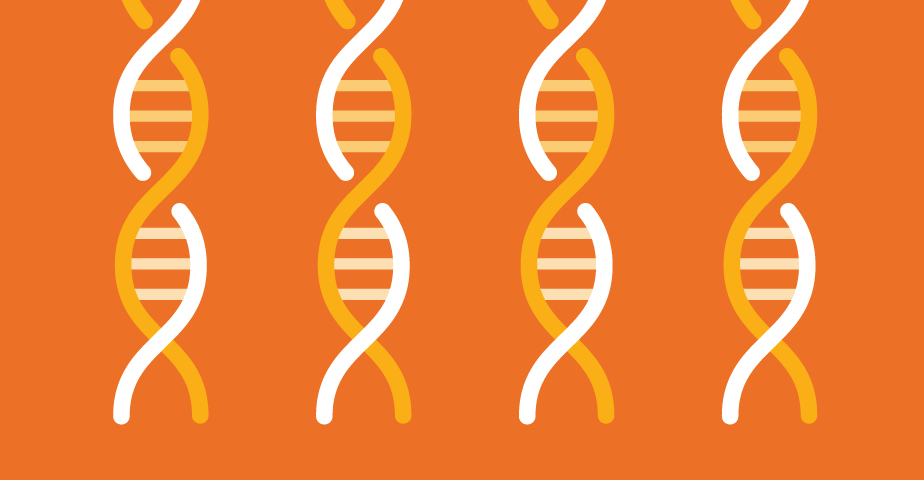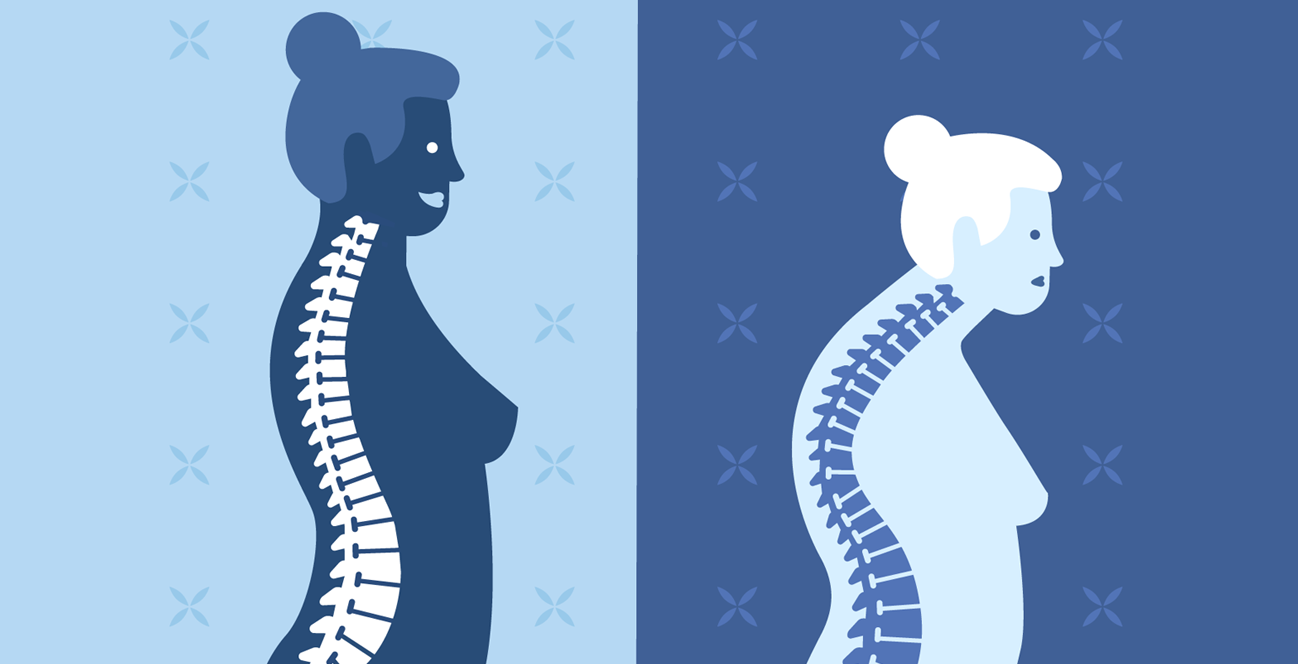Red and processed meats and the risks of cancer: What’s new from the International Agency for Research on Cancer?
Last Updated : 13 November 2015A meeting of the International Agency for Research on Cancer (IARC), the specialized cancer agency of the World Health Organization, was held in October 2015 in Lyon, France. A Working Group of 22 scientists from 10 countries had a task to investigate the potential carcinogenic effects of eating red and processed meats. In an article published in the Lancet, the IARC assessment classified processed meat as carcinogenic and red meat as probably carcinogenic to humans. This classification indicates hazard (whether an agent is capable of causing cancer), but does not measure the risk (likelihood that cancer will occur). Although the link between the consumption of red and processed meats and cancer is not new, the IARC publication has again stirred a discussion about recommendations for meat consumption.
Red meat, such as beef, pork, lamb, horse, or game, is meat that is red in colour before cooking, and is usually sold fresh. This includes all different cuts of meat, but also mince and burgers. Processed meat is treated to improve its storage life or enhance flavour, with common processing techniques including salting, curing and smoking, and with bacon, sausages, or smoked ham as typical examples. The consumption of red meat in different populations varies between 5% and 100%of people, and of processed meat between 2% and 65%. Where people consume red meat, the average intake is 50 – 100 g per person per day, and goes up to more than 200 g in high consumers.
The working group evaluated more than 800 studies that investigated the link between the consumption of red and processed meats with cancer. The studies included a range of countries, ethnicities, and diets. A link was established between the high consumption of red and processed meat and bowel cancer, with processed meat being more strongly linked to bowel cancer than red meat. Processed meat was categorised as a “definite,” and red meat as a “probable” cause of cancer according to IARC classification.
To put the IARC classification into perspective, the categories indicate the level of confidence that the committee has into the association between an agent (compound or behaviour) and cancer. The categories hence indicate the level of association, not of the size of the effect. They do not say how potent a carcinogen is. As an example, although processed meat and smoking are in the same group in the IARC classification (based on sufficient scientific evidence that they can both cause cancer), smoking is six times more likely to cause cancer per year than the consumption of processed meat.
According to IARC, although the way that red meat is causing cancer is not completely understood, the research suggests that it is down to compounds that are formed in the red meat during treatment (e.g. cooking at high temperatures, or other methods of processing) that can cause oxidative stress and DNA damage.
Based on a meta-analysis of cohort studies, a dose response relationship with bowel cancer was established: people that consumed higher amounts of red meat (more than 100 g per day) had 17% increased risk of bowel cancer compared to the low-meat consumers. Processed meat increased risk of bowel cancer by 18% already when consumed in half this amount - 50 g per day. These figures, however, represent a relative risk. They actually mean the following: if 6% people in a population are likely to develop bowel cancer (60 people out of 1000), then among low meat eaters this number is more likely to be 5.5% (55 people out of 1000), and among high-consumers this number is likely to rise to 6.5% (65 people out of 1000).
The IARC report reminds us about association between red meat and the prevalence of certain cancers that has been known for years, and this study won’t have come as a surprise to those familiar with the previous research. Governments in Europe that have been keen to improve nutritional standards have taken the emerging evidence into account for their Food Based Dietary Guidelines, and they included recommendations to reduce red and processed meats already prior to the release of this study. These results do not change the current dietary recommendations with regard to the consumption of red and processed meats. Just as everything else in our diet, meat is good to consume in moderation, and it is an important source of protein, minerals (iron, zinc, selenium) and vitamin B12.
For further information, please see:
International Agency for Research on Cancer. Volume 114: Consumption of red meat and processed meat. IARC Working Group. Lyon; 6–13 October, 2015. IARC Monogr Eval Carcinog Risks Hum (in press). DOI: 10.1016/S1470-2045(15)00444-1
Q&A on Monographs Volume 114 evaluations



